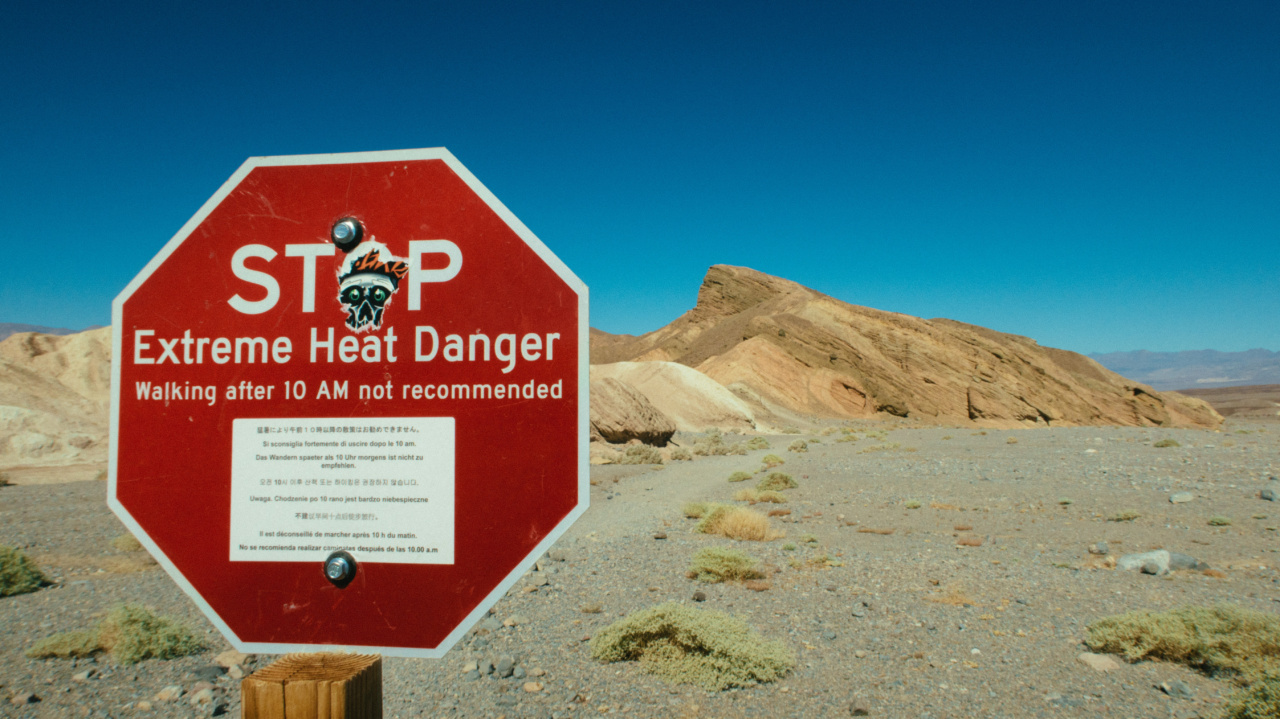Summer is a popular time for outdoor activities, and many dog owners love taking their furry friends on adventures under the sun. While it is important to keep your dog physically active, it is crucial to be aware of the dangers of heat stroke.
Heat stroke is a life-threatening condition that occurs when a dog’s body temperature rises rapidly and exceeds their ability to cool down. Being able to recognize the warning signs of heat stroke can save your dog’s life. In this article, we will discuss the importance of protecting your dog from heat stroke and how to identify the early symptoms.
What is Heat Stroke in Dogs?
Heat stroke occurs when a dog’s body temperature rises above 104 degrees Fahrenheit (40 degrees Celsius). Unlike humans, dogs cannot sweat to dissipate excess body heat effectively. They primarily rely on panting to regulate their body temperature.
When panting is not sufficient or when a dog is exposed to extreme heat, their body temperature can rise rapidly, leading to heat stroke.
The Dangers of Heat Stroke
Heat stroke is a serious condition that can have devastating consequences for dogs. It can lead to organ dysfunction, brain damage, and even death if not promptly treated.
Dogs with a higher risk of developing heat stroke include brachycephalic breeds (such as Bulldogs and Pugs), overweight dogs, puppies, elderly dogs, and those with pre-existing medical conditions.
Recognizing the Warning Signs
Being able to identify the early symptoms of heat stroke is crucial in ensuring your dog’s safety. Here are the warning signs to watch out for:.
1. Excessive Panting and Drooling
One of the first signs of heat stroke in dogs is excessive panting and drooling. Dogs regulate their body temperature by panting, so if you notice your dog panting heavily or excessively, it could indicate that their body is struggling to cool down.
Excessive drooling is another red flag to look out for.
2. Lethargy and Weakness
If your dog suddenly becomes lethargic or weak during outdoor activities, it could be a sign that they are overheating. They may appear tired, unsteady on their feet, and unwilling to move.
Heat stroke can quickly drain a dog’s energy, so any sudden change in behavior should not be taken lightly.
3. Vomiting and Diarrhea
Heat stroke can cause gastrointestinal distress in dogs. If your dog starts vomiting or experiencing diarrhea, it could be a sign of heat exhaustion or heat stroke.
Dehydration and electrolyte imbalances can contribute to these symptoms, so it is crucial to seek immediate veterinary attention.
4. Glazed Eyes and Pale Gums
As a dog’s body temperature rises, their eyes may appear glazed or lackluster. Additionally, their gums may become pale or even bluish in severe cases.
These visual cues can indicate that your dog is in distress and requires immediate cooling measures.
5. Rapid Heart Rate and Panting
Another warning sign of heat stroke is an elevated heart rate. You can check your dog’s heart rate by placing your hand on their chest, just behind their front leg.
If their heart is beating excessively fast or irregularly, it may be indicative of heat stroke. Additionally, their panting may become more rapid and labored.
6. Collapse or Loss of Consciousness
If a dog’s body temperature continues to rise without intervention, they can eventually collapse or lose consciousness. This stage is extremely dangerous and requires immediate veterinary assistance.
Do not attempt to cool your dog down on your own at this point; professional care is essential.
Taking Preventive Measures
Preventing heat stroke is of utmost importance in keeping your dog safe. Here are some preventive measures you can take:.
1. Avoid the Hottest Hours
On scorching summer days, the temperature can skyrocket during the middle of the day. It is advisable to avoid outdoor activities with your dog during these hours.
Instead, plan your walks and exercise sessions for the early morning or late evening when the temperature is more moderate.
2. Provide Ample Shade and Water
Whenever your dog is outside, ensure they have access to plenty of shade where they can take a break from the sun. Additionally, provide them with fresh water at all times to prevent dehydration.
Consider investing in a portable water bowl that you can carry with you during your outings.
3. Never Leave Your Dog in a Parked Car
Leaving a dog inside a parked car, even for a few minutes, can be fatal. The temperature inside a car can rise rapidly, even with the windows cracked open.
Dogs can succumb to heat stroke within minutes, so it is always better to leave them at home if you cannot bring them with you wherever you go.
4. Adjust Exercise Intensity
During hot weather, it is crucial to adjust the intensity and duration of your dog’s exercise. Opt for shorter walks or choose activities that allow for frequent breaks and rest periods.
Keep in mind that asphalt and sand can become scorching hot and burn your dog’s paw pads, so stick to grassy areas whenever possible.
5. Use Cooling Aids
There are several products available in the market that can help keep your dog cool during hot days. Cooling vests or bandanas can provide relief by lowering their body temperature.
Alternatively, you can use damp towels to wipe them down or allow them to lie on a cooled surface, such as a wet mat.
Seeking Veterinary Care
If you suspect that your dog is experiencing heat stroke, it is crucial to seek immediate veterinary care. Heat stroke can be life-threatening, and professional intervention is necessary to cool your dog down and monitor their vital signs.
While you wait for veterinary assistance, you can begin the cooling process by applying cool (not cold) water to your dog’s body and offering small amounts of water to drink.
Conclusion
Heat stroke is a serious condition that can happen quickly, even in seemingly mild temperatures. As a responsible dog owner, it is essential to be vigilant and proactive in protecting your furry friend from the perils of heat stroke.
By recognizing the warning signs and taking preventive measures, you can ensure your dog stays cool, comfortable, and safe during the summer months.



























